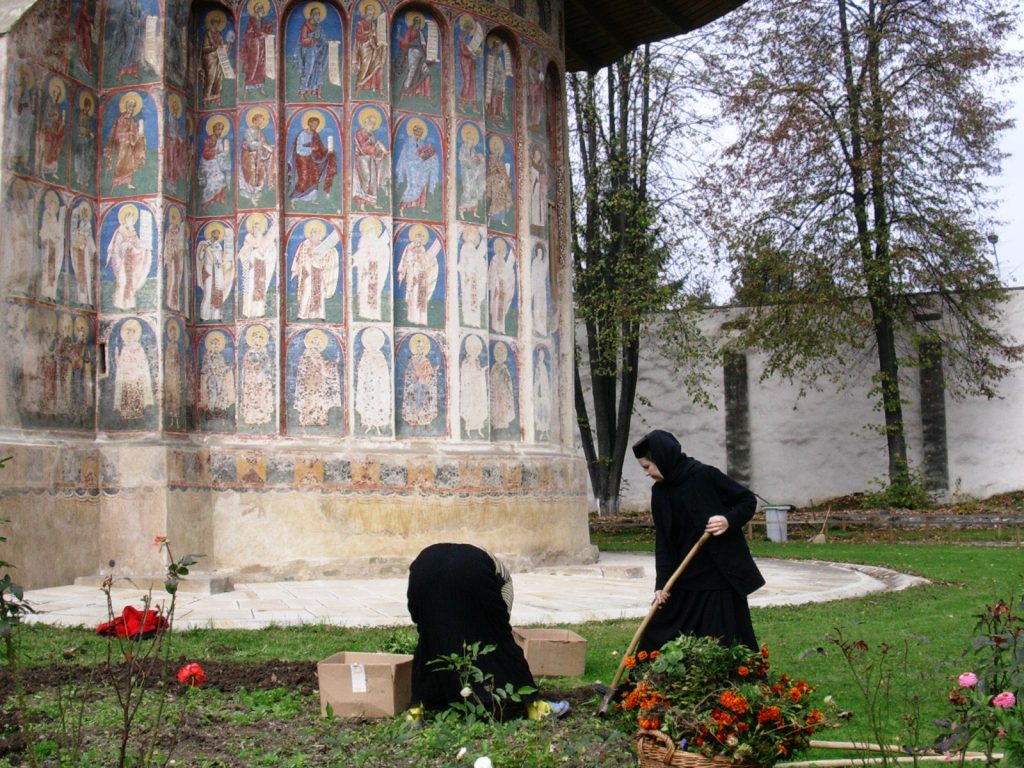158 Work and Retirement
Martha Lally; Suzanne Valentine-French; and Dinesh Ramoo
Older adults are just as capable as younger adults in the workplace. In fact, jobs that require social skills, accumulated knowledge, and relevant experiences favour older adults (Erber and Szuchman, 2015). Older adults also demonstrate lower rates of absenteeism and greater investment in their work. In 2015, 8.8 million adults aged sixty-five or older were employed or actively seeking employment. This constitutes about 5.6 percent of the US labour force (Administration on Aging, 2016).
Transitioning into retirement: For most Americans, retirement is a process and not a one-time event (Quinn and Cahill, 2016). Sixty percent of workers transition straight to bridge jobs, which are often part-time and occur between a career and full retirement. About 15 percent of workers get another job after being fully retired. This may be due to not having adequate finances after retirement or not enjoying their retirement. Some of these jobs may be in encore careers, or work in a different field than the one from which they retired. Approximately 10 percent of workers begin phasing into retirement by reducing their hours. However, not all employers will allow this due to pension regulations.
Retirement age changes: Looking at retirement data, the average age of retirement declined from above seventy in 1910 to sixty-three in the early 1980s. However, this trend has reversed and the current average age is now sixty-five. Additionally, 18.5 percent of those over the age of sixty-five continue to work (US Department of Health and Human Services, 2012) compared with only 12 percent in 1990 (US Government Accountability Office, 2011). With individuals living longer, the average amount of time a retired worker collects social security is approximately seventeen to eighteen years (James, Matz-Costa, and Smyer, 2016).
When to retire: Laws often influence when someone decides to retire. In 1986 the Age Discrimination in Employment Act (ADEA) was amended, and mandatory retirement was eliminated for most workers (Erber and Szuchman, 2015). Pilots, air traffic controllers, federal law enforcement, national park rangers, and fire fighters continue to have enforced retirement ages. Consequently, most workers can continue to work if they choose and are able. Social security benefits also play a role. Those born before 1938 can receive full social security benefits at age sixty-five. For those born between 1943 and 1954, they must wait until age sixty-six for full benefits, and for those born after 1959 they must wait until age sixty-seven (Social Security Administration, 2016). Extra months are added to those born in years between. For example, if one is born in 1957, they must wait until sixty-six years and six months. The longer one waits to receive social security, the more money will be paid out. Those retiring at age sixty-two will only receive 75 percent of their monthly benefits. Medicare health insurance is another entitlement that is not available until one is aged sixty-five.

Delayed retirement: Older adults primarily choose to delay retirement due to economic reasons (Erber and Szchman, 2015). Continuing to work provides not only added income but prevents dipping into retirement savings, which may not be sufficient. Historically, there have been three parts to retirement income: social security, a pension plan, and individual savings (Quinn and Cahill, 2016). With the 2008 recession, pension plans lost value for most workers. Consequently, many older workers have had to work later in life to compensate for absent or minimal pension plans and personal savings. Social security was never intended to replace full income, and the benefits provided may not cover all the expenses, so older adults continue to work. Unfortunately, many older individuals are unable to secure later employment, and those especially vulnerable include persons with disabilities, single women, the oldest-old, and individuals with intermittent work histories.
Some older adults delay retirement for psychological reasons, such as health benefits and social contacts. Recent research indicates that delaying retirement has been associated with helping one live longer. When looking at both healthy and unhealthy retirees, a one-year delay in retiring was associated with a decreased risk of death from all causes (Wu, Odden, Fisher, and Stawski, 2016). When individuals are forced to retire due to health concerns or downsizing, they are more likely to face negative physical and psychological consequences (Erber and Szuchman, 2015).
Retirement stages: Atchley (1994) identified several phases that individuals ago through when they retire. These phases include:
- remote pre-retirement phase, which includes fantasizing about what one wants to do in retirement;
- immediate pre-retirement phase when concrete plans are established;
- actual retirement;
- honeymoon phase, when retirees travel and participate in activities they could not do while working;
- disenchantment phase, when retirees experience an emotional let-down; and
- reorientation phase, when the retirees attempt to adjust to retirement by making less hectic plans and getting into a regular routine.
Not everyone goes through every stage, but this model demonstrates that retirement is a process.

Post-retirement: Those who look most forward to retirement and have plans are those who anticipate adequate income (Erber and Szuchman, 2015). This is especially true for men who have worked consistently and have a pension and/or adequate savings. Once retired, staying active and socially engaged is important. Volunteering, caregiving, and informal helping can keep seniors engaged. Kaskie, Imhof, Cavanaugh, and Culp (2008) found that 70 percent of retirees who are not involved in productive activities spent most of their time watching TV, which is correlated with negative affect. In contrast, being productive improves well-being.
Elder education: Attending college is not just for the young, as discussed in the previous chapter. There are many reasons why someone in late adulthood chooses to attend college. PNC Financial Services surveyed retirees aged seventy and over, and found that 58 percent indicated that they had retired before they had planned (Holland, 2014). Many of these individuals chose to pursue additional training to improve skills to return to work in a second career. Others may be looking to take their career in a new direction. For some older students who are no longer focused on financial reasons, returning to school is intended to enable them to pursue work that is personally fulfilling. Attending college in late adulthood is also a great way for seniors to stay young and keep their minds sharp.
Even if an older adult chooses not to attend college for a degree, there are many continuing education programs on topics of interest available. In 1975, a nonprofit educational travel organization called Elderhostel began in New Hampshire with five programs for several hundred retired participants (DiGiacomo, 2015). This program combined college classroom time with travel tours and experimental learning techniques. In 2010, the organization changed its name to Road Scholar, and it now serves over 100,000 people per year in the US and in 150 countries. Academic courses, as well as practical skills such as computer classes, foreign languages, budgeting, and holistic medicines, are among the courses offered. Older adults who have higher levels of education are more likely to take continuing education. However, offering more educational experiences to a diverse group of older adults, including those who are institutionalized in nursing homes, can enhance the quality of life.
Media Attributions
- Figure 9 31 © Noah Wulf is licensed under a CC BY-SA (Attribution ShareAlike) license
- Figure 9 32 © Raki_Man is licensed under a CC BY (Attribution) license

